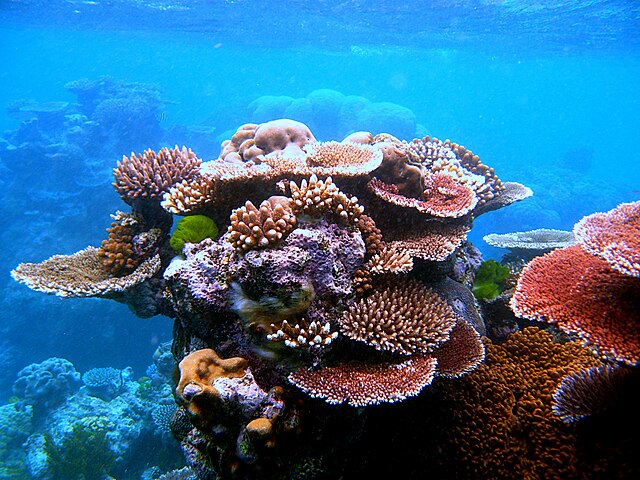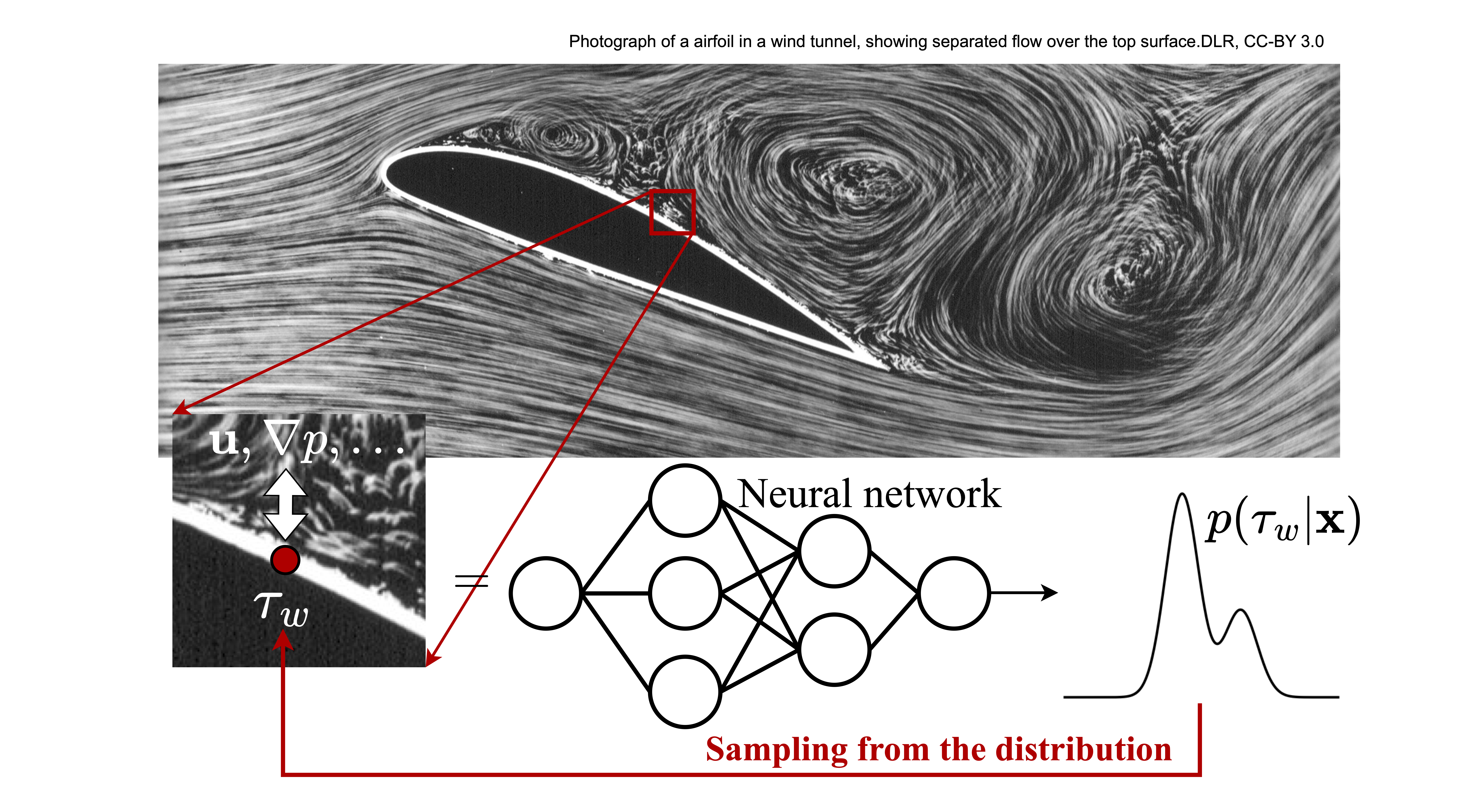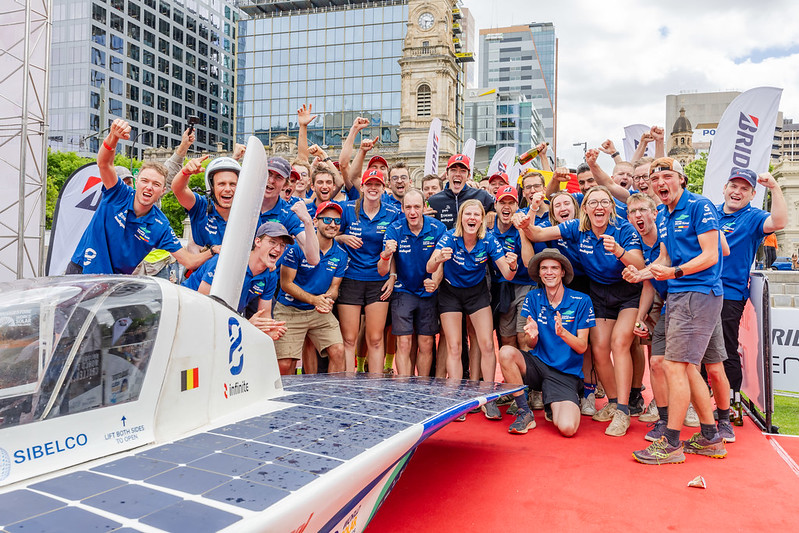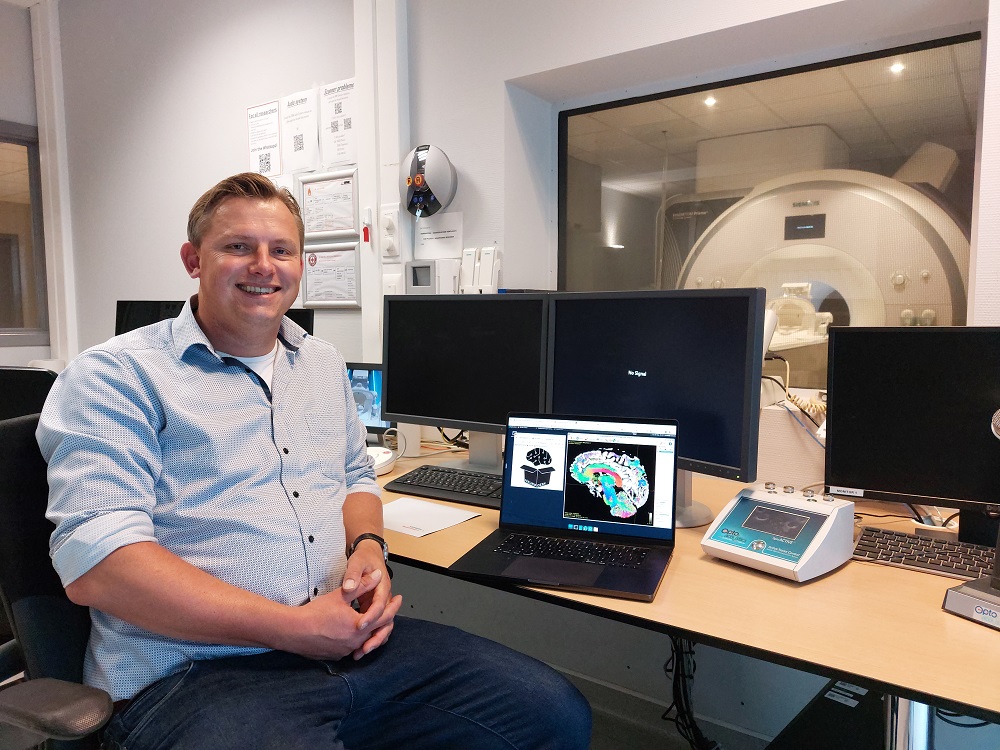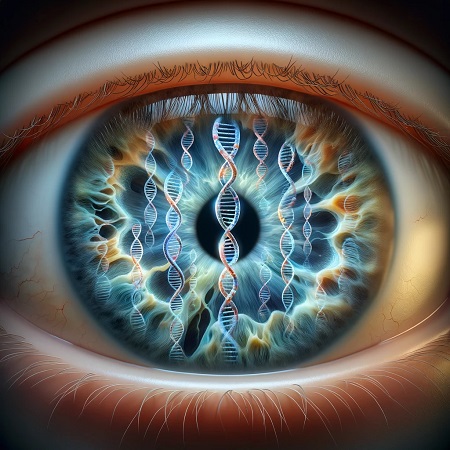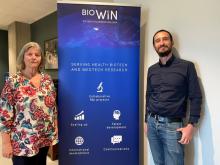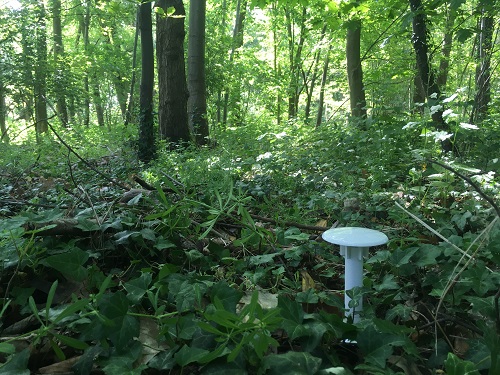Pushing the Limits of Two-Phase Injectors with HPC
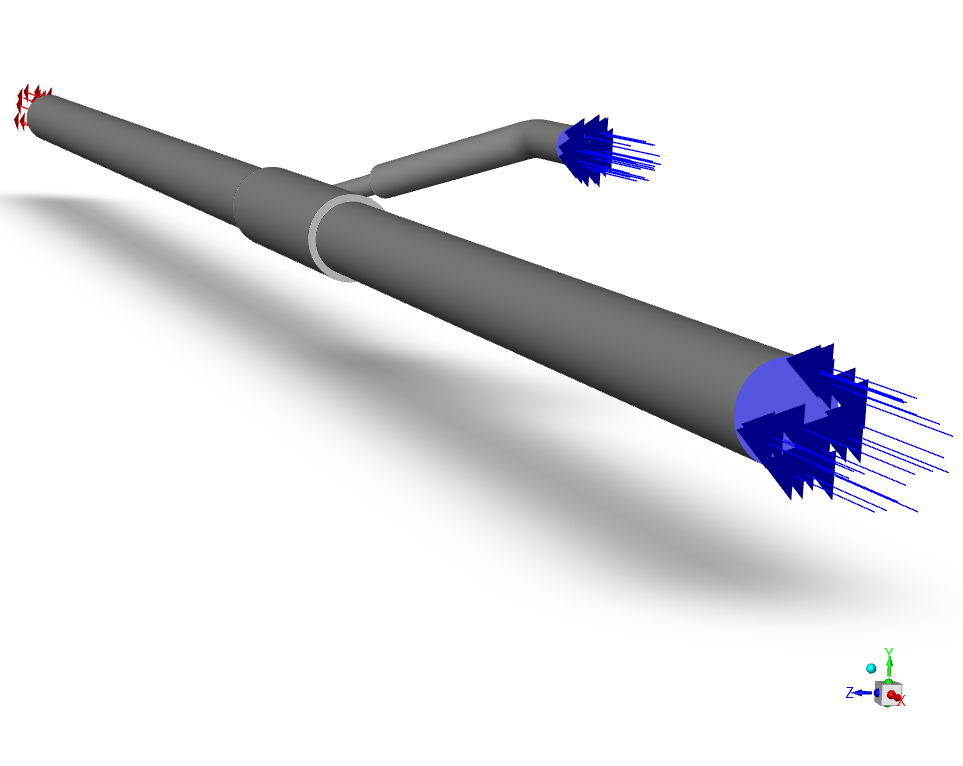
In the world of advanced cooling and heat transfer systems, two-phase injectors are gaining traction for their ability to efficiently mix vapor and liquid to enhance pressure recovery and energy efficiency. These systems, crucial in aerospace and industrial applications, depict the direct contact between a high-speed vapor jet and a subcooled liquid to induce condensation and improve performance.
